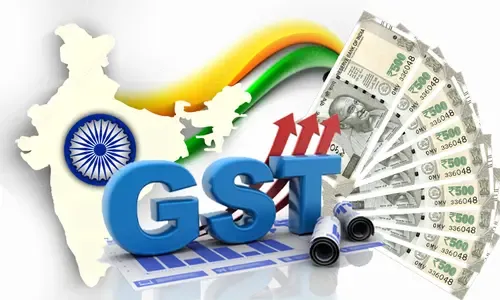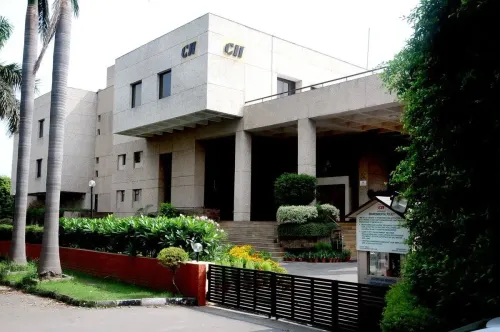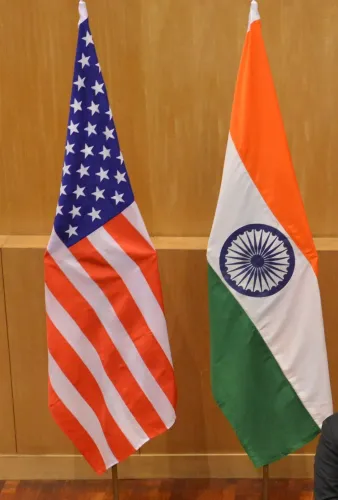How Will GST Rationalisation Empower Traders, Exporters, and the Common Man?

Synopsis
Key Takeaways
- GST 2.0 aims to simplify tax structures.
- Only two rates: 18% and 5%.
- Common man's daily necessities see rate cuts.
- Expectation of increased domestic consumption.
- Potential for India to become the third-largest economy.
New Delhi, Sep 10 (NationPress) As India gears up for the GST 2.0 transition starting September 22, the Chairman of the Central Board of Indirect Taxes and Customs (CBIC), Sanjay Kumar Agarwal, shared insights with IANS regarding rate rationalisation and its implications for traders, exporters, and the common man.
Here are some highlights from the discussion:
Q: In what ways can the Chinese market assist Indian exporters in overcoming US tariff challenges?
A: It largely depends on the products being exported to China. Exporters have the opportunity to explore new markets, and if they find they can compete effectively in China, they can establish a presence there. It's always feasible to venture into new markets and reclaim lost ground.
Q: Is it advisable to include petrol and diesel under GST? Would this benefit the general public?
A: Currently, petrol and diesel are subjected to Central excise duty and VAT by the states, contributing significantly to state revenue via VAT and to the Central government through excise duty. Thus, due to the revenue implications, incorporating these items into GST may not be feasible at this moment.
Q: What effects will GST rationalisation have on input tax credit claims?
A: For exports, the supply is classified as zero-rated, allowing for refunds of accumulated ITC claims. The GST council has proposed that identified, risk-evaluated taxpayers can receive refunds within seven days without needing officer intervention.
Q: How does GST rationalisation impact the economy?
A: The GST rate reduction leads to substantial simplification, now featuring only two rates: 18% (standard rate) and 5% (merit rate). Previously, multiple rates created disputes and uncertainty among taxpayers. With this change, uncertainty diminishes, and many essential items for the common man have seen rate cuts from 12% or 18% to 5%. This rationalisation aims to mitigate US tariff impacts, enhance domestic consumption, discover new markets, reduce logistics costs, and boost export competitiveness.
Q: What is the effect of duty reduction on gold?
A: The duty rate for gold remains unchanged at 3%, a relatively lower special rate. Hence, there’s no impact on gold.
Q: Can the Indian economy still become the third-largest globally despite US tariffs?
A: The Indian economy is growing rapidly, and significant foreign institutional investment is essential. Concerns over GST complexity have been raised by potential investors. A simplified and transparent GST law will alleviate these concerns, making India a more attractive investment destination, supporting its goal of becoming the third-largest economy in the world.
Q: How is CBIC working to reduce fraud?
A: The issue of ITC fraud prompted the initiation of a registration process with several prescribed checks. This will provide significant relief for those wishing to join the GST ecosystem, encouraging tax compliance, registration, and the fulfillment of GST obligations.







